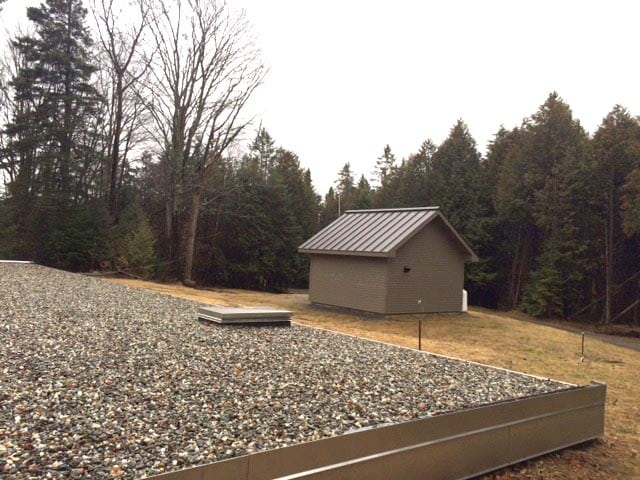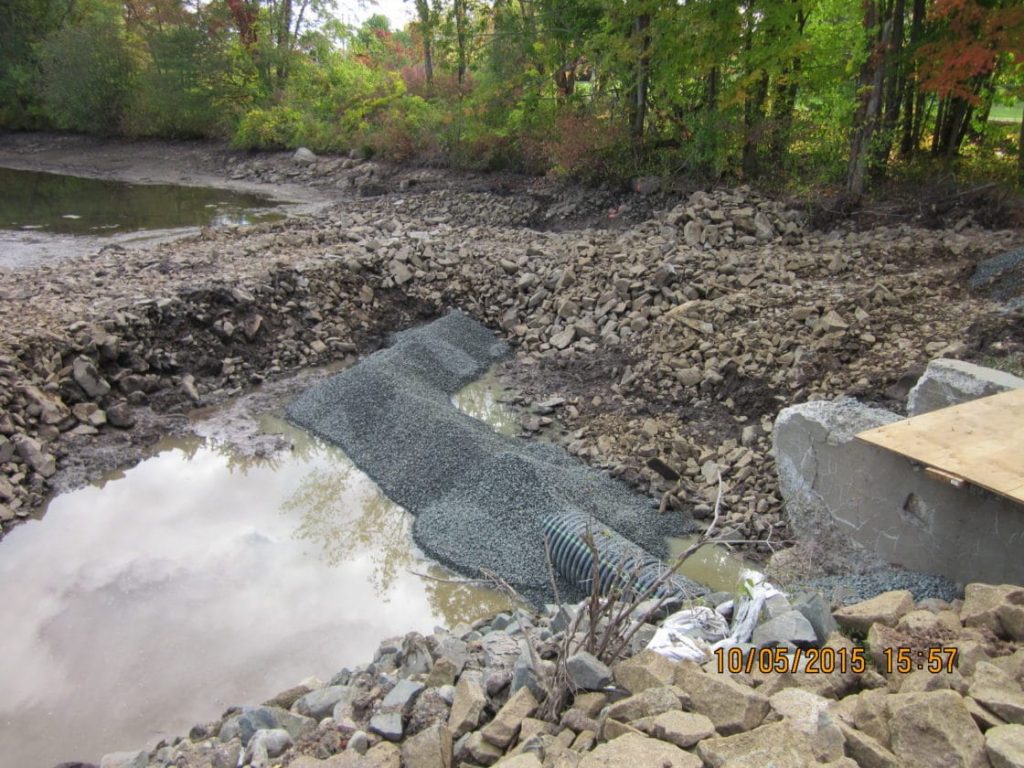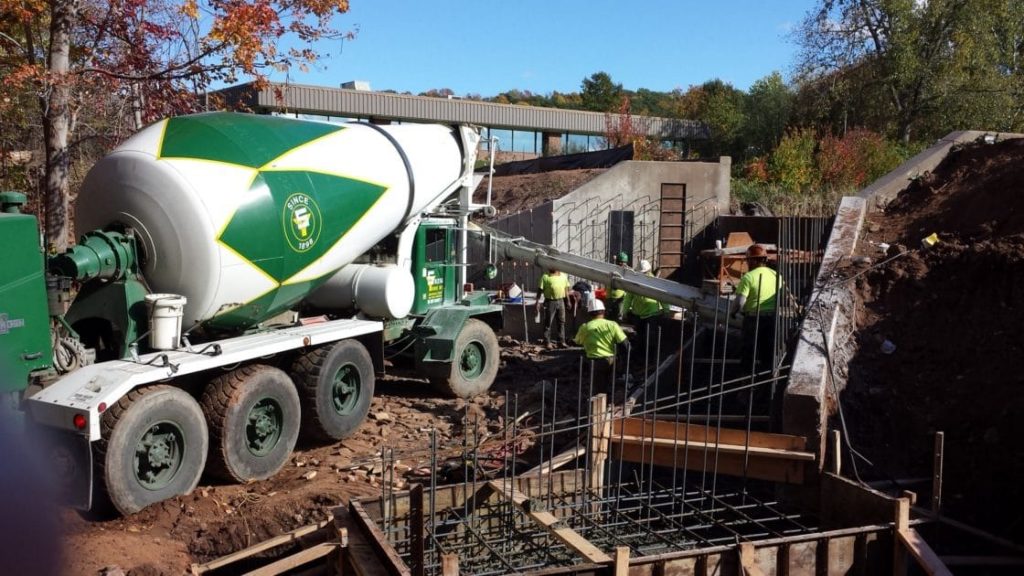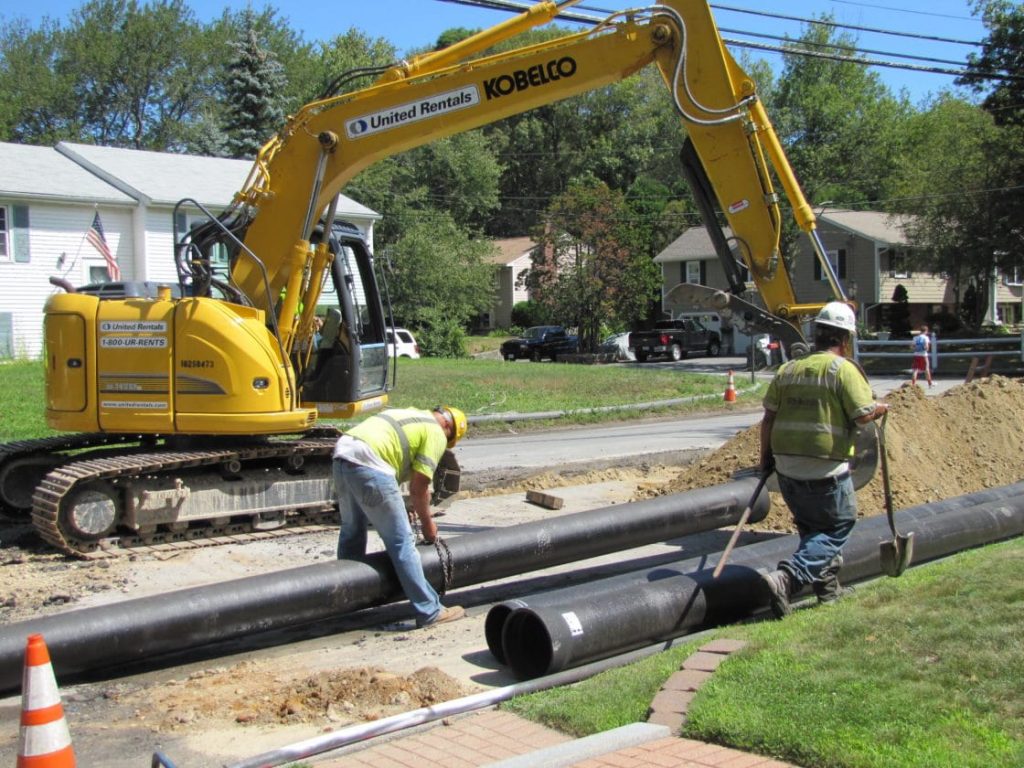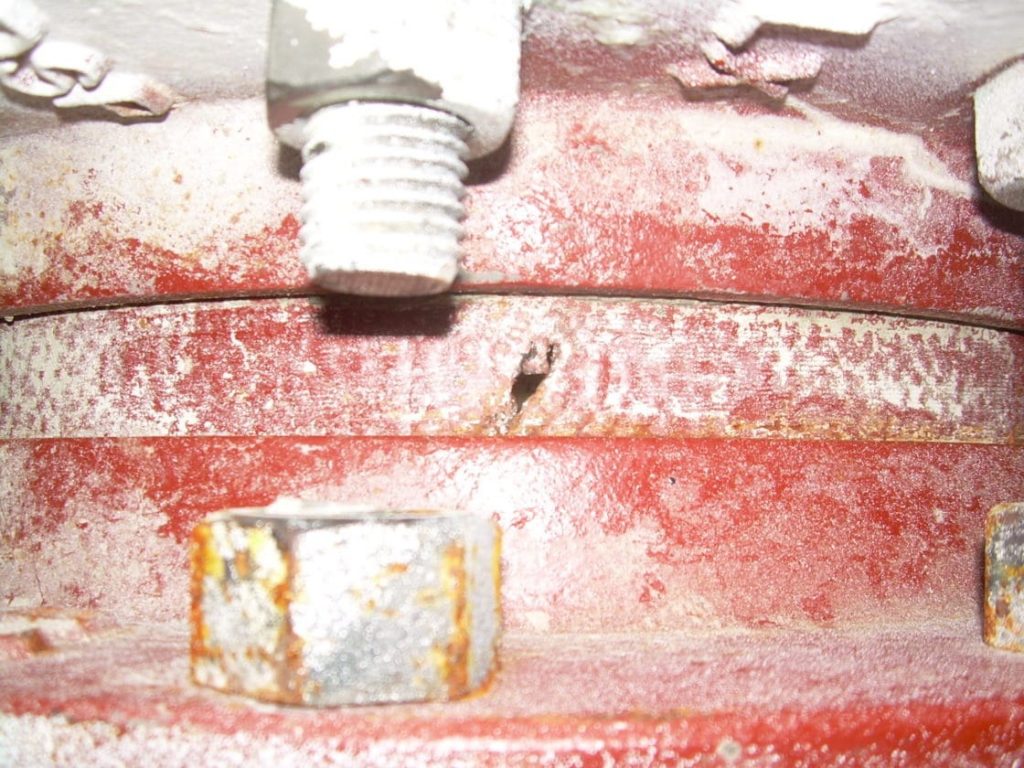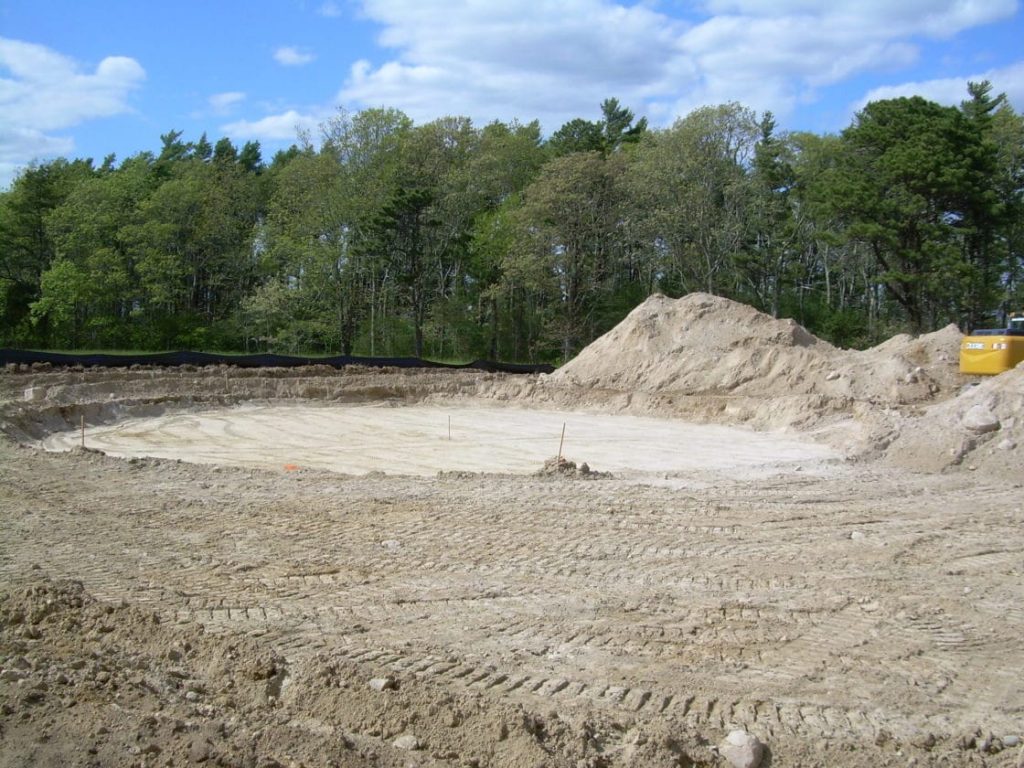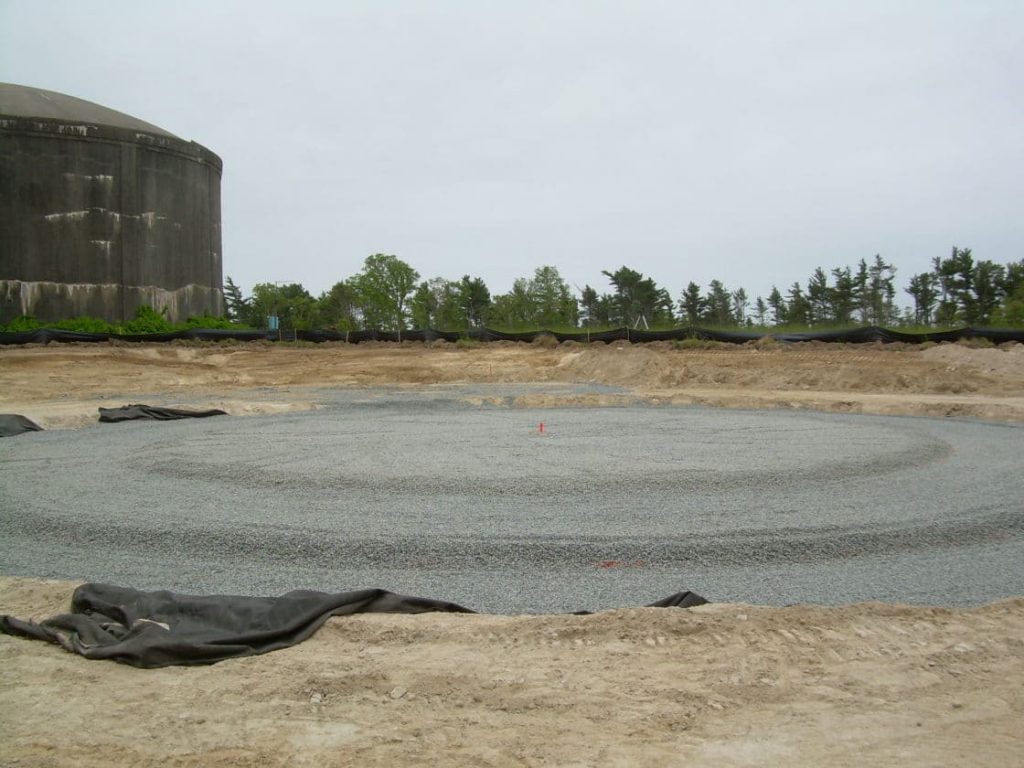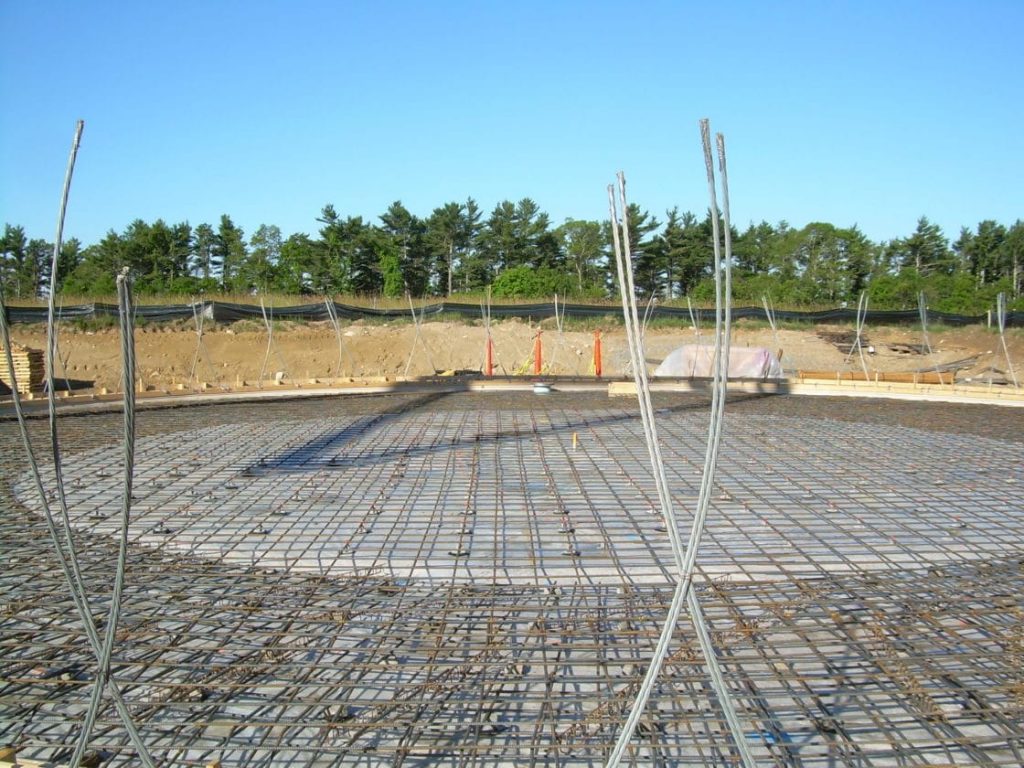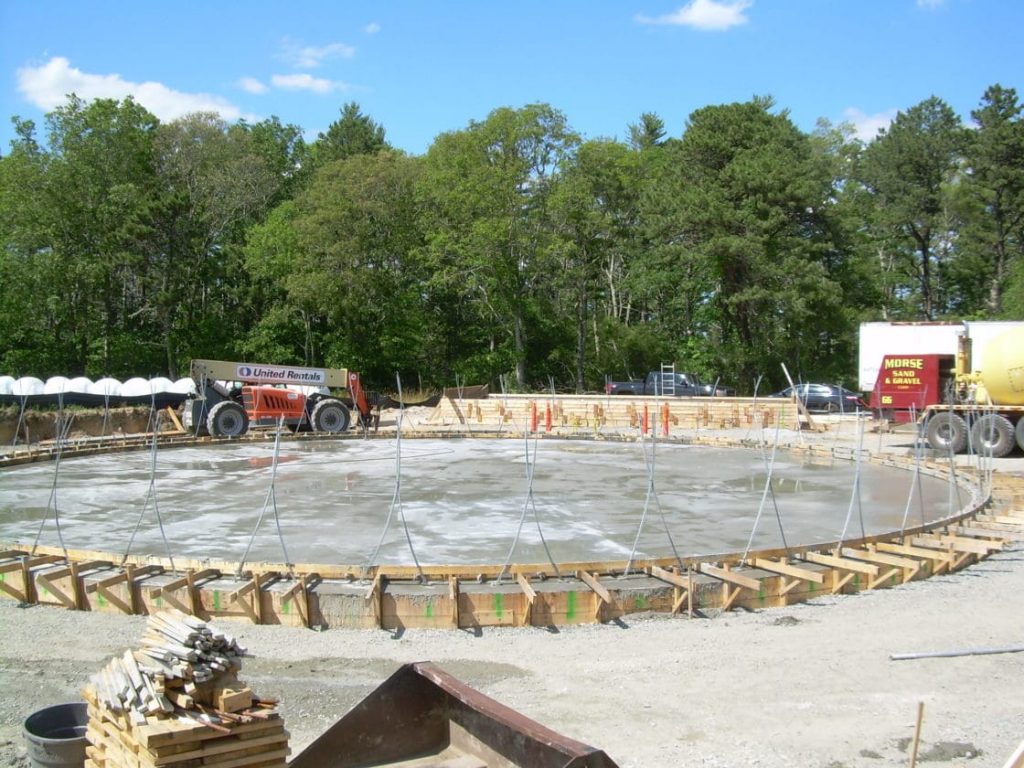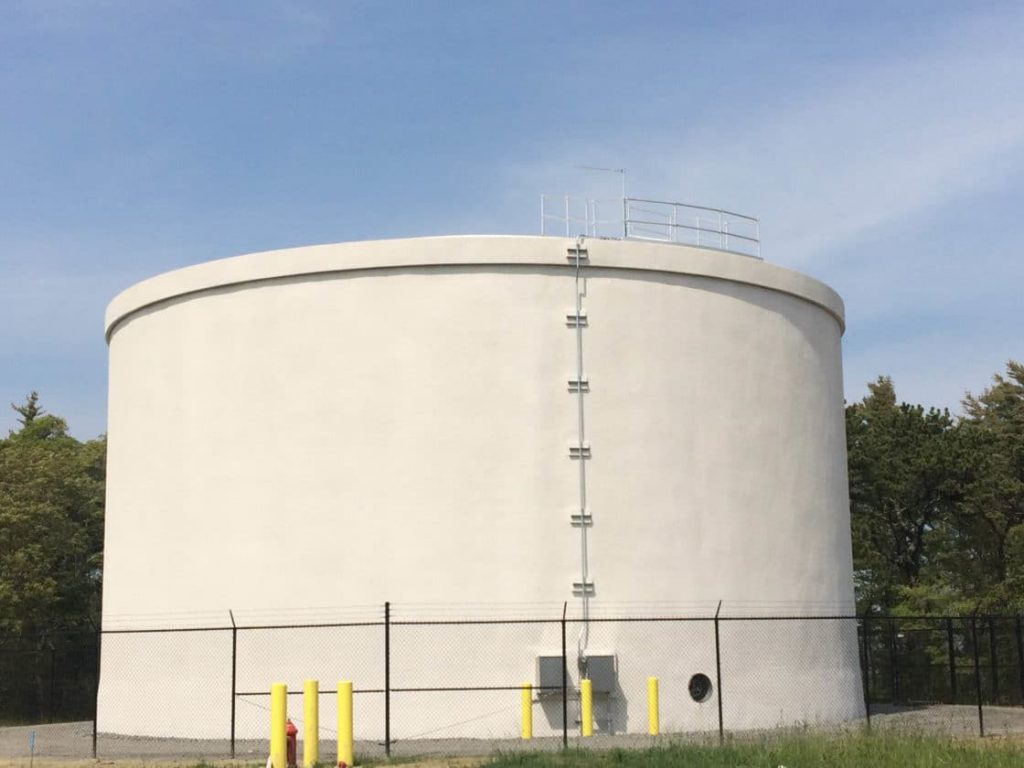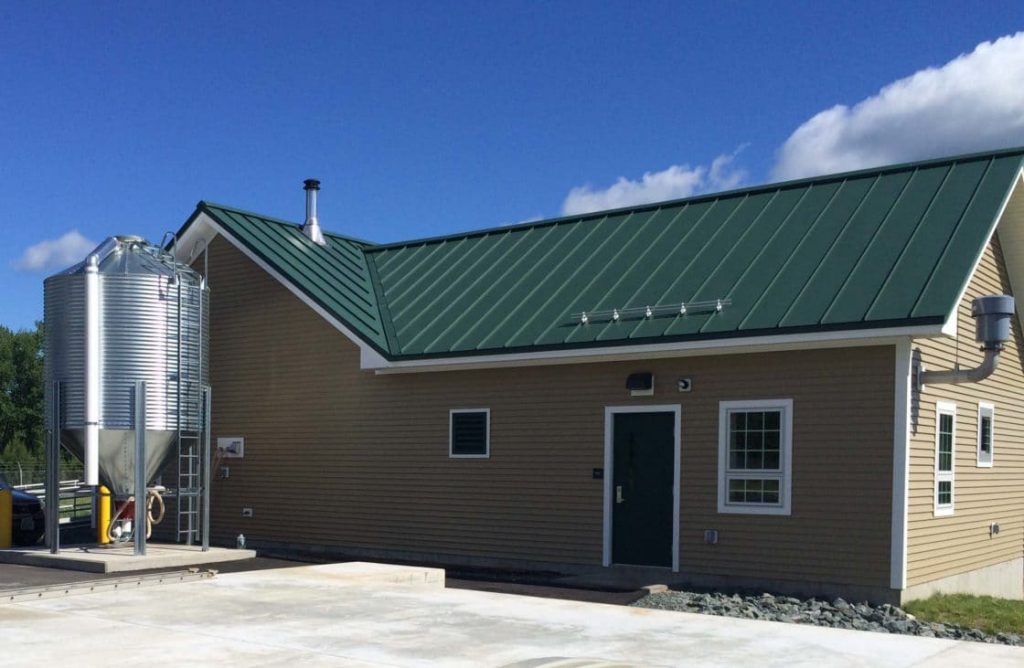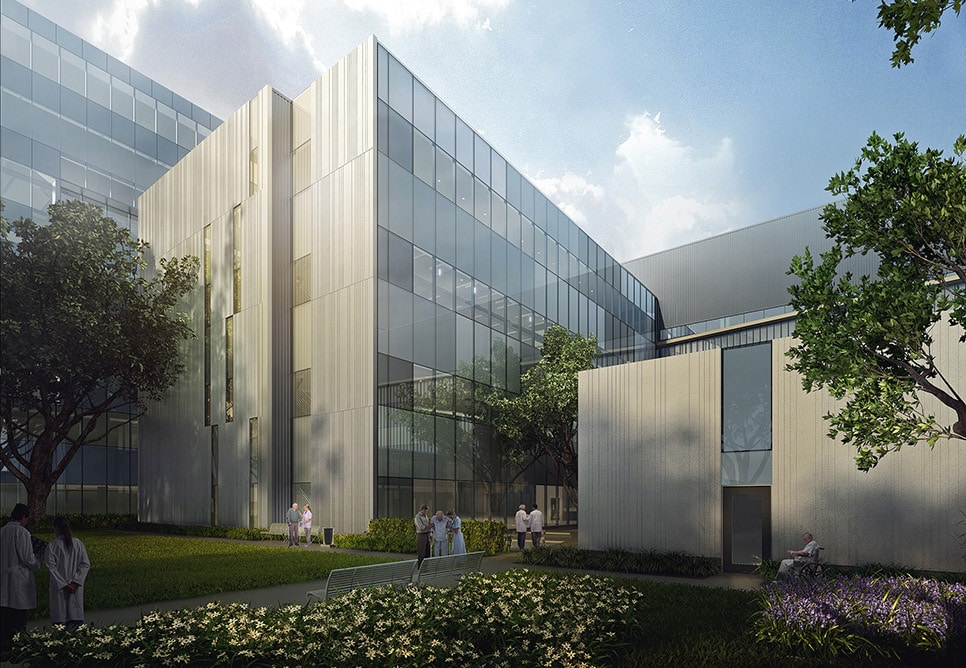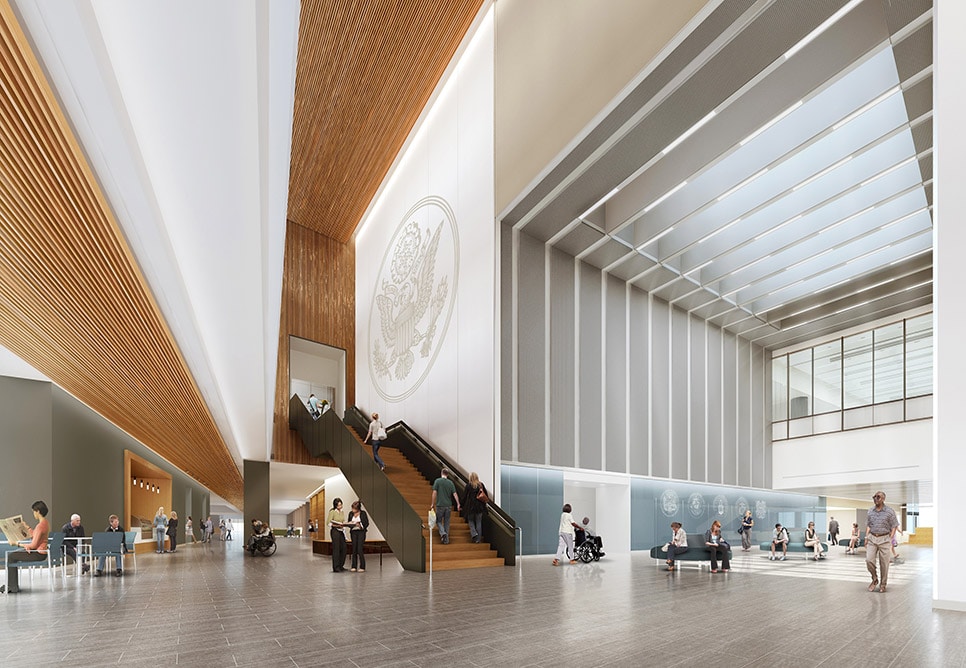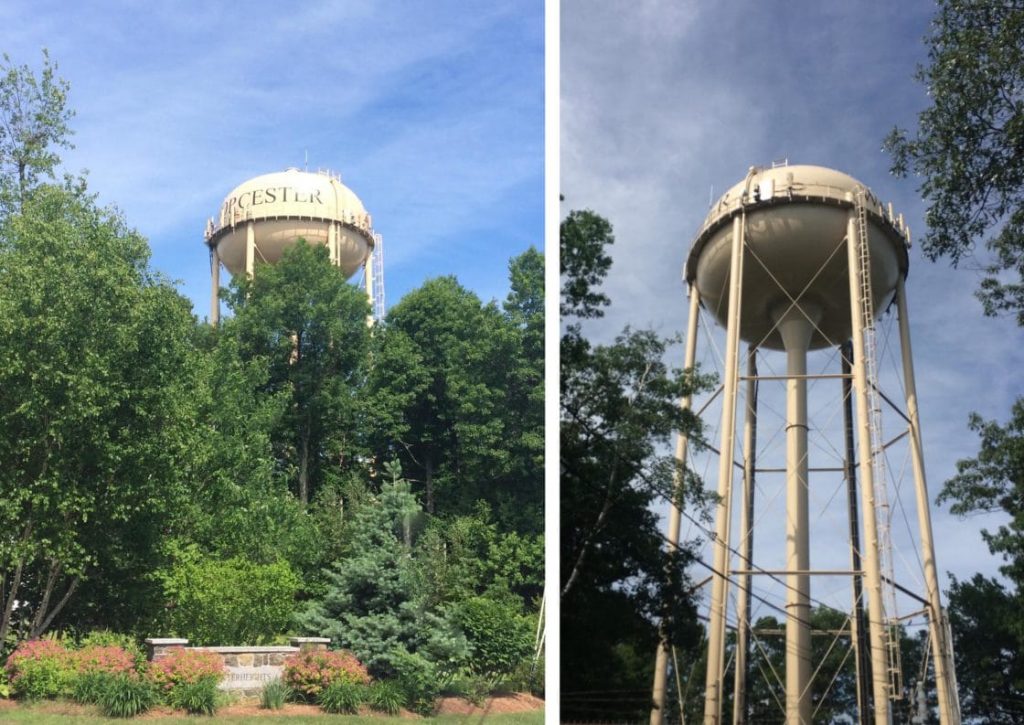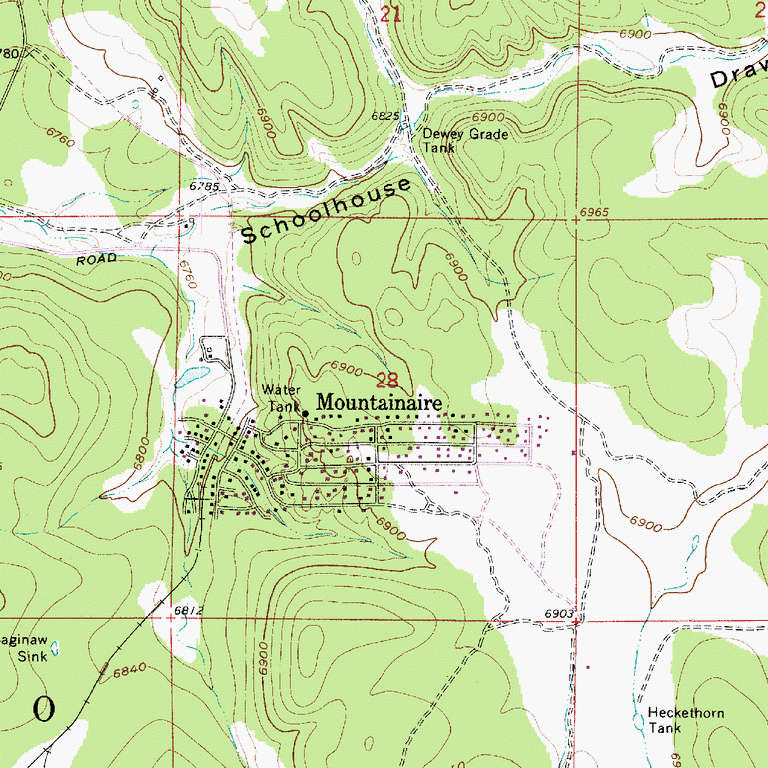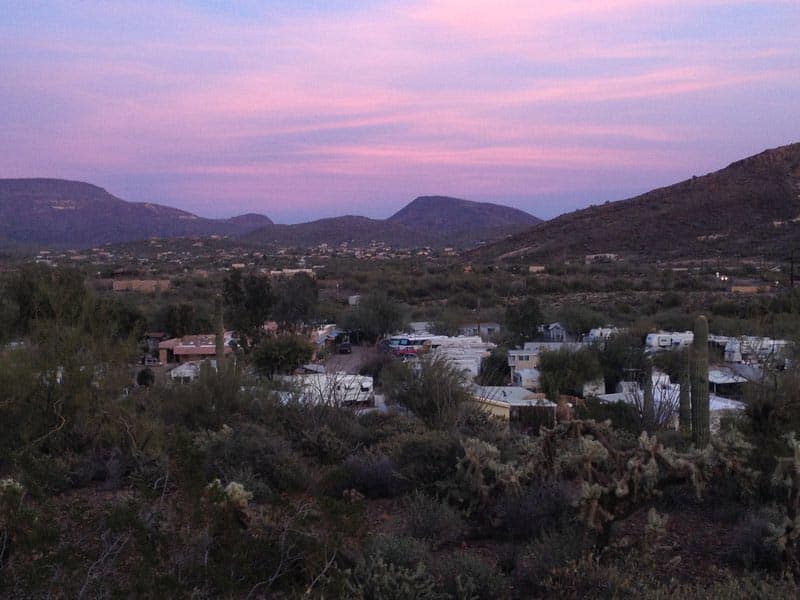
The Shangri La Ranch water supply, located in New River, Arizona, exceeded the running annual average maximum contaminant level (MCL) for arsenic. For the first quarter of 2015, the running annual average (RAA) was 0.0107 mg/L, and the RAA for the second quarter of 2015 was 0.0106 mg/L. The MCL for arsenic is 0.01 mg/L. Arsenic contamination within aquifers is not uncommon and is generally from natural mineral deposits. Arsenic in high enough concentrations can result in skin legions and damage to the circulatory system and cancer; therefore, it is important to monitor and minimize this contaminant from drinking water.
The Shangri La Ranch is a non-transient, non-community water system that services approximately 240 customers. The actual number of customers served varies and is dependent on the number of people that are visiting the resort during a given period of time. Tata & Howard prepared an Arsenic Treatment Report for the Arizona Department of Environmental Quality (ADEQ) to address arsenic levels in the Shangri La Ranch’s water supply. It included a summary of the existing layout and operation of the water supply wells, representative treatment provided, and recommendations for additional treatment to meet the State and Federal MCL for arsenic.
The results of the study indicated that the arsenic concentrations in Well No. 1 was low enough that blending from the existing wells would adequately reduce the arsenic concentration to below the MCL. It was also recommended that the system install two ISOLUX® cartridges, in parallel, to reduce the arsenic level in Well No. 4 to levels below the MCL prior to blending with the remaining water supplies. ISOLUX® utilizes a zirconium adsorption system to remove arsenic from water

